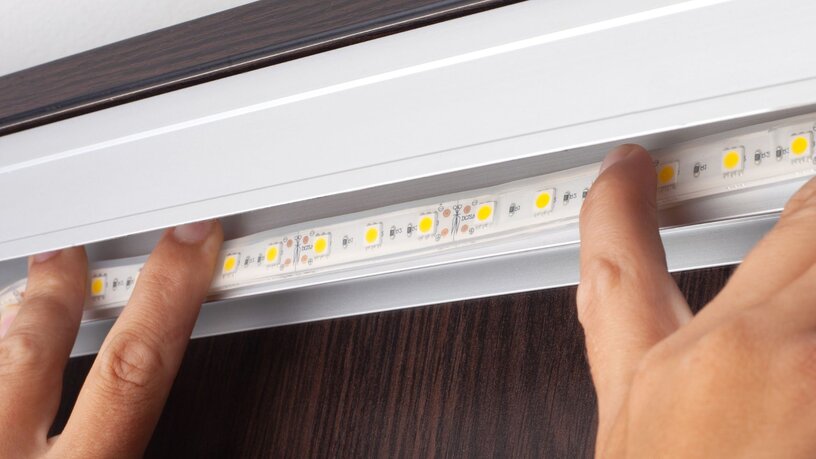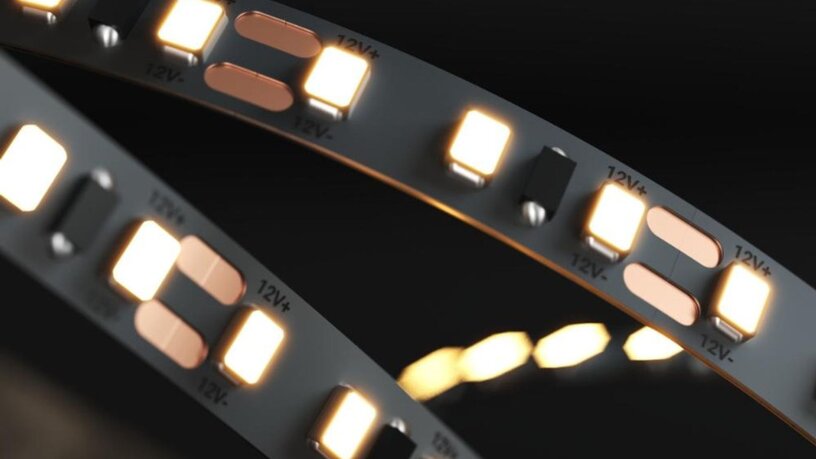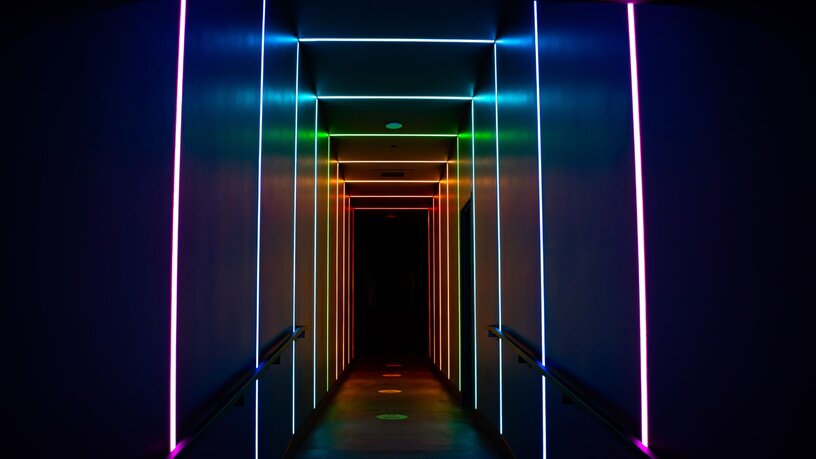Order by 23rd Dec 5pm for Pre-Xmas Delivery

How To Dim Lights With A Non-Dimmable Driver
If a project calls for dimming but the lighting setup uses a non-dimmable driver, this doesn’t mean the system is fixed to one brightness level.
With the right components, dimming can still be added safely and effectively without replacing the entire setup.
This guide explains how non-dimmable drivers work, why they don’t respond to standard dimming inputs, and the practical methods for introducing control through systems such as PWM, 0–10V, or DMX.

What Is a Non-Dimmable Driver?
A non-dimmable driver delivers a fixed voltage or current to the connected LEDs. It keeps the output steady for consistent performance, meaning it won’t respond to control signals such as TRIAC, 0-10V, or DALI.
Because the output is constant, the LEDs will always operate at full brightness unless the driver is replaced or an external controller is introduced to adjust brightness indirectly.
Why Add Dimming
If a project or client requires adjustable lighting, dimming provides a flexible and efficient way to adapt an existing setup while improving control and energy performance.
It also enhances both function and design across sectors:
- Hospitality: Creates comfortable atmospheres through adjustable brightness and colour temperature.
- Retail: Highlights displays and adapts to changing light levels throughout the day.
- Architecture: Enables dynamic, tunable lighting that complements building design.
- Workspaces: Supports human-centric lighting by aligning brightness and tone with daily activity cycles.

How To Add Dimming To A Non-Dimmable Driver
1. Replace the Driver with a Dimmable Version
The simplest approach is to replace the existing non-dimmable driver with a dimmable alternative.
Ultra LEDs’ Tagra 24V dimmable drivers are available in TRIAC, 0–10V, and DALI versions, covering the main dimming protocols used across commercial and architectural projects.
- TRIAC: Phase-cut dimming on the mains side, used in retrofit and residential systems.
- 0–10V: Analogue control that varies brightness by adjusting a low-voltage signal between 0 and 10V.
- DALI: Digital protocol that supports addressable control, scene programming, and integration with automation systems.
These options ensure compatibility across a wide range of installations and control requirements.

2. Add an Inline Controller
If replacing the driver is not practical, an inline controller can be fitted between the driver and the LED load.
The controller regulates brightness through PWM (Pulse Width Modulation) or 0–10V analogue control, depending on system design.
- PWM works by rapidly switching the LEDs on and off, varying the duty cycle to control perceived brightness.
- 0–10V control changes a low-voltage signal that proportionally dims compatible LEDs.
Ultra LEDs’ WT5 5-in-1 Receivers provide smooth, flicker-free dimming performance and can be added to existing systems without major rewiring.

3. Use DMX For Scene Control
For larger or dynamic projects, a DMX system can introduce dimming and colour control across multiple zones.
When paired with a DMX decoder or DMX-enabled driver, the control data is converted into PWM signals that manage brightness and colour consistency across all fixtures.
Ultra LEDs’ LTECH DMX controllers enable reliable dimming, synchronised colour transitions, and programmable effects for architectural, retail, and event environments.

Installation Considerations
Before adding dimming control, always confirm:
Voltage: The driver output matches the LED load (typically 12V or 24V).
Power capacity: The total LED wattage is within the driver’s rated load.
Cable length: Runs remain within recommended limits to minimise voltage drop.
Compatibility: For analogue dimming, ensure modules such as the Tagra 0–10V Push Dimmer Module are supported by the existing driver and wiring setup.
Correct specification and layout help prevent flicker, interference, or premature component wear.

Getting Dimming Right Before Installation
For new or large-scale installations, it’s best to specify dimmable drivers from the start. They simplify control wiring, improve consistency, and integrate easily with modern lighting and building management systems.
However, non-dimmable drivers remain useful when the control method isn’t yet defined. They provide flexibility to introduce PWM, 0–10V, or DMX later, depending on project needs.
The key is understanding how each control method interacts with the system to deliver smooth, flicker-free performance.

FAQs
Can non-dimmable drivers be dimmed?
Non-dimmable drivers can be dimmed using external control systems such as PWM or DMX. These regulate the LED output through signal modulation rather than changing the driver’s voltage.
Should dimmable drivers be specified from the start?
Specifying dimmable drivers at design stage ensures smoother performance, easier integration with control systems, and fewer compatibility issues during installation.
When are non-dimmable drivers suitable?
Non-dimmable drivers are suitable for fixed-output applications, including signage, display lighting, and cost-sensitive projects where adjustable control is unnecessary.
Can PWM or DMX control be added to non-dimmable drivers?
WM and DMX systems can be added to non-dimmable drivers to achieve adjustable brightness. Both methods control output through digital or signal-based modulation using compatible decoders or controllers.
Is it possible to add 0–10V dimming to a non-dimmable driver?
0–10V dimming can be added with retrofit hardware such as the Tagra Push DIM Controller, provided the existing wiring and driver are compatible with analogue input.
Choosing The Right Dimming Approach
Whether you’re replacing a driver or adding external control, choosing the right method ensures reliable dimming and long-term performance.
Explore Ultra LEDs’ range of dimmable and non-dimmable drivers, PWM controllers, and DMX systems to find the setup that best suits your installation.
Get in touch with Ultra LEDs today
Planning to install a non-dimmable driver or looking for compatible lighting control Explore Ultra LEDs’ full range of drivers, LED tape, Neon Flex, and accessories designed for reliable performance across commercial, retail, and architectural projects.





